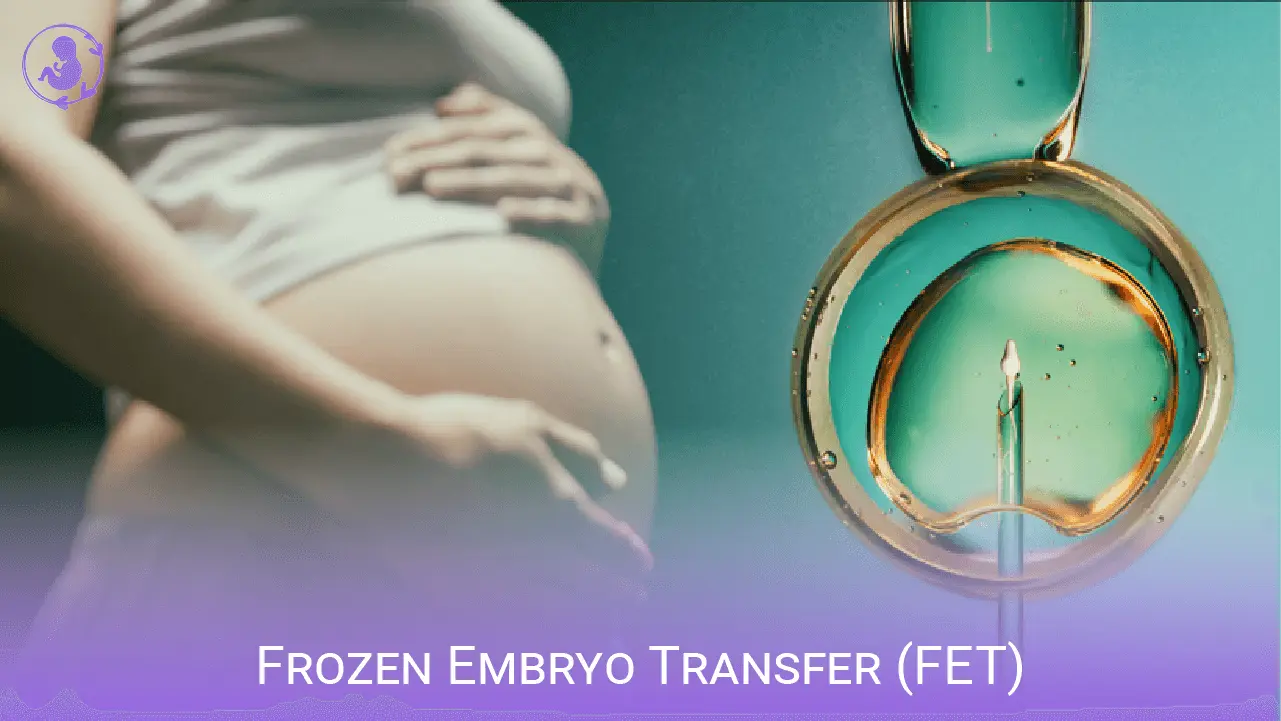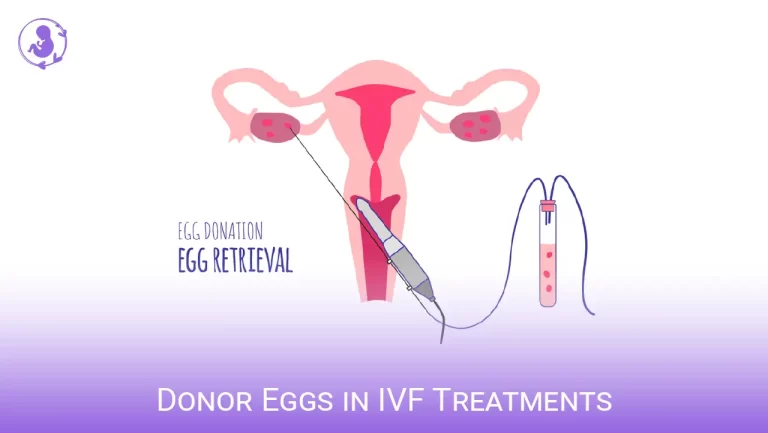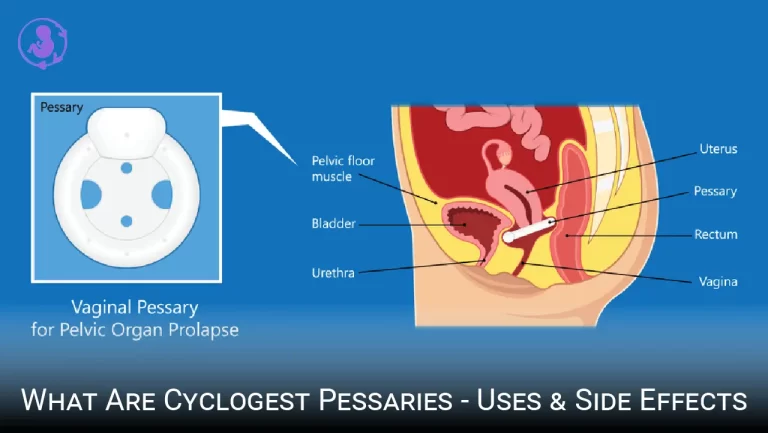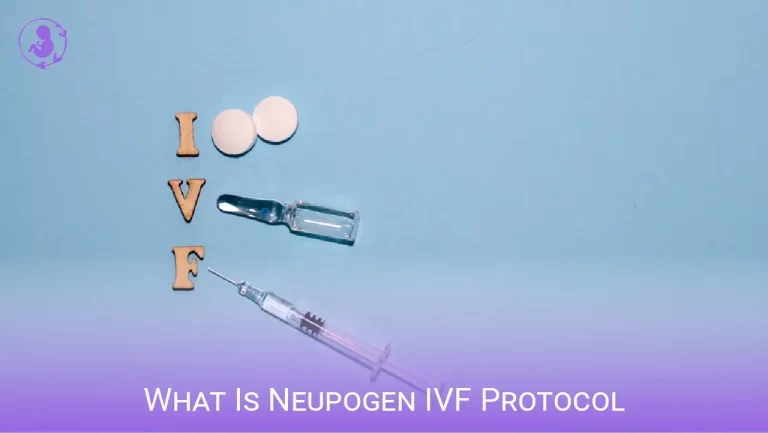Frozen Embryo Transfer (FET) Overview, Tips, Benefits & FAQs
Are you considering Frozen Embryo Transfer (FET) as an option for building your family? With higher success rates compared to fresh embryo transfers, FET offers a less intense and stressful alternative for couples who have experienced failed IVF attempts.
By thawing and transferring frozen embryos from previous cycles, you can increase your chances of pregnancy.
In this article, we will provide you with an overview of FET, tips for a successful cycle, and important FAQs to help you make informed decisions.

3 Key Benefits of Frozen Embryo Transfer (FET)
FET offers flexibility in timing the transfer and eliminates the need for another hormone stimulation cycle and egg collection. With frozen embryo transfer, you can freeze embryos from a previous IVF cycle and use them in a future cycle. This process is beneficial for couples who want to increase their chances of success without going through the entire IVF cycle again.
The success rate of FET is comparable to that of fresh embryo transfer, making it a popular choice for fertility specialists and couples. During the FET cycle, the frozen embryos are thawed and transferred to the uterus. The endometrium, or the lining of the uterus, is prepared through hormonal support or a natural cycle.
The embryos are carefully placed in the uterus using a catheter, and then the waiting game begins. After the transfer, you will go through the usual steps of monitoring, including ultrasound and pregnancy tests, to check for implantation and the possibility of a live birth.
One of the main benefits of FET is the ability to time the transfer according to your preferences and circumstances. It allows you to plan ahead and prepare your body for the best chance of success.
Additionally, FET eliminates the need for another hormone stimulation cycle and egg collection, reducing the physical and emotional stress associated with IVF. This option also allows for cryopreservation of any extra embryos, giving you the opportunity to have multiple chances at pregnancy without going through the entire IVF process again.
Top Tips for a Successful FET Cycle
To increase your chances of a successful FET cycle, it’s important to follow these top tips:
- Prepare your uterus: Take the necessary fertility medications to thicken the uterine lining, creating an optimal environment for embryo implantation.
- Understand the thawing process: Familiarize yourself with the procedure of thawing frozen embryos, as it plays a crucial role in the success of the transfer.
- Stay informed about pregnancy success rates: Educate yourself about the statistics and factors that influence pregnancy success rates with FET, such as age and embryo quality.
By following these tips, you can enhance your chances of a successful frozen embryo transfer.
Remember to closely follow your fertility specialist’s instructions and maintain a healthy lifestyle throughout the process.
Good luck with your FET cycle!
Understanding the Success Rates of FET
Understanding the success rates of FET can give you valuable insight into the likelihood of achieving pregnancy through this procedure.
Frozen embryo transfer (FET) involves the use of thawed and transferred embryos from a previous IVF cycle. It eliminates the need for another round of hormone stimulation and egg collection, making it a less intense option.
The success rates of FET are higher than fresh embryo transfers, with pregnancy rates per transfer ranging from 20% for women over 40 to 60% for patients under 35. Embryo freezing allows for safer single embryo transfers, reducing the risks of multiple pregnancies.
The quality of the embryos at the time of freezing, as well as the expertise of the fertility clinic and techniques used, can impact the success rates. FET offers flexibility in timing the transfer and is a preferred option for couples who have had unsuccessful attempts at conception.
Important FAQs About Frozen Embryo Transfer
The success rates of FET are influenced by factors such as the quality of the embryos at the time of freezing and the expertise of the fertility clinic. If you are considering a FET cycle, there are some important FAQs that can help increase your chances of a successful pregnancy.
First, it is crucial to find a reputable fertility specialist who has experience with FET. They will guide you through the process and ensure that the embryos are frozen and thawed properly.
It is also important to understand the success rates for FET, as they can vary depending on the individual and the quality of the embryos. By using frozen embryos from a previous IVF cycle, you have the opportunity to increase your chances of a successful embryo transfer.
Additionally, it is worth noting that FET has been shown to have higher live birth rates compared to fresh embryo transfers. So, if you are considering a future transfer, FET may be a beneficial option for you.
The Cost Considerations of FET
When considering the cost of FET, it’s important to factor in the overall expenses of IVF treatment and embryo freezing. FET is a procedure where frozen embryos from previous IVF cycles are thawed and transferred to the uterus.
It offers flexibility in timing the transfer and eliminates the need for another hormone stimulation cycle and egg collection. The success rates of FET are comparable to fresh embryo transfers, and it can be a preferred option for couples who have had unsuccessful attempts at conception.
The cost of a frozen embryo transfer can vary depending on individual circumstances and additional costs such as freezing and storing embryos. Here is a table summarizing the cost considerations of FET:
| Cost Considerations | Overview | Tips |
|---|---|---|
| Overall IVF Expenses | Includes hormone stimulation, egg retrieval, and embryo freezing. | Look for clinics with bundled packages or financing options. |
| Frozen Embryo Transfer | Costs include thawing of embryos and the actual transfer procedure. | Discuss with your fertility clinic the specific costs involved. |
| Medications | Hormonal medications like progesterone and estrogen may be needed to prepare the uterus. | Inquire about generic alternatives to reduce medication costs. |
| Lining of the Uterus | Monitoring and ultrasound scans to ensure the lining is ready for transfer. | Understand the frequency and cost of these monitoring visits. |
Considering these cost considerations and consulting with your fertility clinic will help you anticipate and plan for the financial aspects of FET.
A Comprehensive Overview of FET Process and Procedures
During a frozen embryo transfer (FET) cycle, embryos from a previous IVF cycle are thawed and transferred to the uterus. This procedure is part of the assisted reproductive process and offers several benefits.
To prepare for a FET, you will follow your fertility specialist’s instructions. The process involves the following steps:
- Prepare the uterus: Medications are taken to prepare the uterus for implantation by thickening the uterine lining.
- Thaw and transfer embryos: The frozen embryos are carefully thawed and transferred back into the woman’s uterus using a catheter.
- Follow post-transfer instructions: After the transfer, you will follow your fertility specialist’s instructions regarding rest, medication, and activity level.
During a frozen embryo transfer, you may choose either a natural cycle or a hormonal support cycle. In a natural cycle, the transfer is timed to coincide with ovulation. In a hormonal support cycle, medications are used to control the timing of the transfer. Genetic testing can also be done on the embryos before transfer to ensure their viability.
Overall, a frozen embryo transfer offers a less intensive and stressful alternative to a fresh embryo transfer. It eliminates the need for another round of egg retrieval and hormone stimulation. By following the fertility specialist’s instructions and preparing for the transfer, you increase your chances of a successful pregnancy.
Frequently Asked Questions
Read More On IVF






